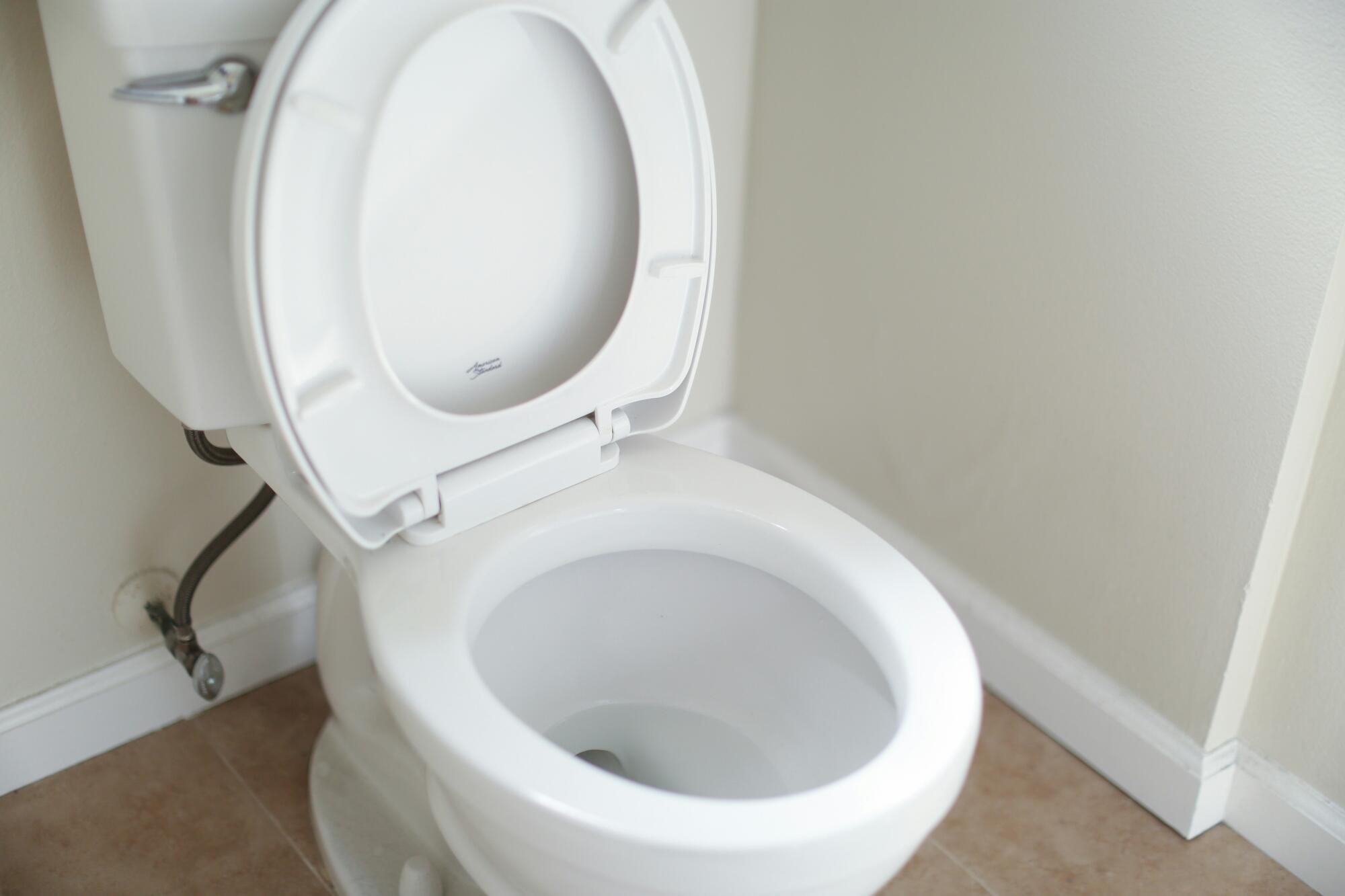
What Does a Torn Calf Muscle Feel Like? Symptoms Explained

According to Sage Journals, calf muscle strains make up 14.4% to 29% of all muscle injuries in professional football. The injuries account for 4.1% of cases in which players miss game time.
Calf injuries are common for active individuals. Whether you’re an athlete, a weekend warrior, or just took a wrong step, a calf muscle injury can quickly disrupt your routine.
But what does a torn calf muscle feel like? Understanding calf muscle pain will help you differentiate it from other pain caused by sprains. It’ll also help you take the right steps early toward healing and getting back on your feet.
Discover various calf strain symptoms and advice on treatment to regain your strength.
What Is Calf Muscle Injury?
The calf complex is crucial in locomotion and weight-bearing, particularly during fast movements. It is located on the back of the lower leg, between the knee and the ankle.
The calf consists of gastrocnemius and soleus muscles. The gastrocnemius is the bigger, more noticeable muscle that makes up most of the calf. It has two parts, medial and lateral, that start at the thighbone (femur).
The soleus is a small, flat muscle that sits beneath the gastrocnemius. The gastrocnemius and soleus muscles help maintain the following:
- Balance and stability
- Blood circulation
- Proper movement
A tear or strain of these muscles results from overstretching. Overuse causes the calf muscle to contract too quickly, leading to a partial or complete tear.
Calf muscle strains are categorized into three grades, including:
- Grade 1: Mild strain
- Grade 2: Moderate strain
- Grade 3: Severe strain or rupture
Causes of Torn Calf Muscles
Explosive movements that can tear your calf muscle include:
- Sudden stretches
- Sudden sprinting
- Jumping or leaping
- Sudden deceleration
- Tripping or stumbling
- Stair climbing
- Kicking or striking
They can cause calf muscle pain by putting excessive strain or pressure on the muscle. Powerful and rapid contractions caused by these sudden movements lead to a torn calf muscle.
Calf muscle tear or strain may also result from poor footwear. Wearing unsupportive shoes can put extra strain on your calf muscles and Achilles tendon.
Tight or weak calf muscles also cause strain and pain. Such problems cause insufficient strength or limited flexibility, which strains the muscle during activity.
Other risk factors for calf muscle strain and pain include:
- Old age
- Poor warm-up
- Changes in training
- Calf muscle imbalances
Symptoms of a Torn Calf Muscle
Understanding calf strain symptoms is crucial for assessing the severity of the injury and guiding treatment decisions. You also prevent misdiagnosis, further calf muscle injury, and prolonged recovery. Here is what a torn calf muscle looks like:
Sudden, Sharp Pain
A torn calf muscle can cause a sudden snapping or popping sensation in the back of the leg. The snapping can result in swelling or bruising after a few days. This pain makes it difficult or even impossible to continue with your activity.
Sudden, sharp pain due to calf muscle injury may indirectly spread to SI joints. An SI joint pain diagnosis may help identify whether calf muscle imbalances are present, as they are often a key underlying cause.
Lack of Calf Strength
Severe strain on the calf damages the muscle fibers that generate force. It disrupts the muscle’s ability to contract appropriately.
The overall strength of the calf muscle also reduces. Gastrocnemius or soleus muscles fail to pull effectively when you push off the ground, walk, or run.
Torn or excessively strained calf muscles also lose strength due to:
- Pain and inflammation
- Nerve involvement
- Disuse atrophy
Visible muscle imbalances are a sign of reduced calf strength. One calf feels less firm and looks smaller than the other. Other signs include feeling unsteady when standing on one foot and struggling to go upstairs.
Muscle Tightness
Muscle tightness is due to impaired blood circulation. Protective muscle guarding also causes calf muscle tightness. After an injury, the body protects the affected area by causing nearby muscles to remain slightly contracted, a response known as muscle guarding.
Nerve irritation and inflammation in the calf also cause tightness. Signs of calf tightness include:
- Limited range of motion
- Stiffness
- Pain or discomfort
- Muscle cramping
Discoloration
A torn calf muscle can cause blood to pool beneath the skin. Blood pooling leads to red or purple discoloration, which can spread down the leg after a few days. The discoloration becomes visible with a day one to three days.
If untreated, an injured calf muscle may develop a noticeable gap or lump. Intense pain, swelling, and a complete loss of function in the calf usually accompany the injury.
Torn Calf Diagnosis
Your healthcare provider will assess your physical condition and discuss your calf strain symptoms. Your doctor may palpate (gently press) your calf muscles to identify any tenderness or swelling. Ultrasound and Magnetic Resonance Imaging (MRI) can help examine the condition of your calf muscles.
Leg Injury Treatments
Over-the-counter pain relievers can help minimize pain and discomfort caused by swollen or inflamed calf muscles. A reputable online pharmacy, such as Kiwi Drug, offers safe pain-relief medications like ibuprofen or acetaminophen.
Physical therapy is essential for restoring calf muscle flexibility and strength. Proper calf injury therapy includes:
- Gentle stretches
- Balance and coordination exercises
- Range of motion exercises
- Strengthening movements
If your calf muscle is completely ruptured, orthopedic surgery may be necessary. An orthopedic surgeon can also treat recurrent calf tears or damage to the Achilles tendon.
Prevention
Warming up properly before participating in any physical activity, such as sports, reduces the risk of calf muscle injury. Begin with gradual muscle engagement, foam rolling, or light cardio activities like jogging.
Drink adequate water, as dehydrated muscles are more prone to cramps and tears. Don’t forget to wear supportive footwear for enhanced stability.
What Does a Torn Calf Muscle Feel Like? Guide to Spotting the Signs
What does a torn calf muscle feel like? Recognizing the signs of an injured calf muscle can significantly impact the speed of your recovery. That sharp, sudden pain deserves your attention.
Kiwi Drug is your go-to global pharmacy if you want trusted, affordable medications or wellness solutions to support your muscle tear recovery journey. We have over 40 years of experience and can help you save up to 50% compared to your local pharmacy.
Let us help you reclaim your step and your strength.
Related Posts

Understanding Heartburn: What Does It Feel Like?
November 22, 2025